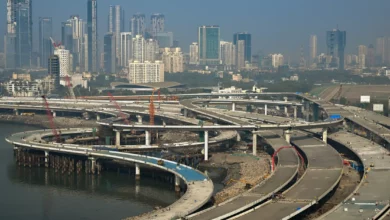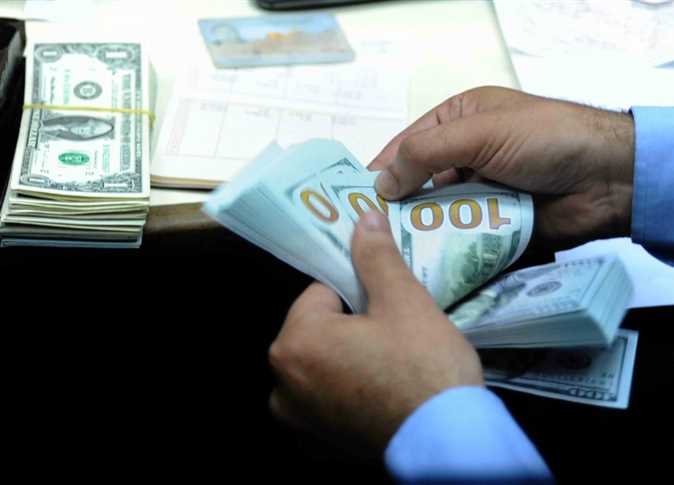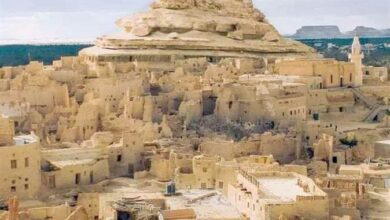In the recent flurry of reports about Egypt’s impending economic challenges, many have highlighted the damage done to the tourism sector in the wake of the 25 January revolution. The number of tourists who’ve come to Egypt in the first quarter of this fiscal year is down 46 percent from last year. Despite this significant drop the streets of downtown Cairo still seem to have a sizeable number of foreigners.
Sitting at Stella Bar or at the cafés around Townhouse Gallery, it seems as though there is no tourism crisis. That’s because many tourists who frequent these downtown destinations are not the ones targeted by the state’s international tourism campaign. These visitors come to Cairo because of its revolution. They want to stay in downtown and surrounding popular neighborhoods rather than in a monolithic 40-story hotel tower on the Nile. Egyptian tourism has been hit hard but this moment of relative calm presents an opportunity for us to assess Egypt's current tourism model, particularly its effect on urban areas.
The majority of Egypt’s tourists don’t make it to Cairo, most preferring to fly into Sharm el-Sheikh or Luxor. Some come to Cairo for one or two nights only to visit the pyramids and the Egyptian Museum. Under Mubarak’s tenure, the Egyptian state treated Cairo as if it were an embarrassing family member to be concealed from friends. Its recent plan to move the museum far outside the city was intended to keep visitors away from the capital.
The Ministry of Tourism’s website clearly favors non-urban Egypt, listing only the bare minimum of Egyptian cities: Cairo, Alexandria and Luxor. The same website lists for Cairo only the bare minimum of sites: Coptic Cairo, Khan el-Khalili and a few others. Nowhere would a visitor learn about Rosetta, a charming small city with unique brick and wood houses that was once Egypt’s most important port town and where the Rosetta Stone was found. Or Al-Qusair, a sleepy town on the Red Sea with a medina-like atmosphere and a mighty fortress. And nowhere can you find mention of Mansoura, a wonderful small city in the Nile Delta whose charming houses and storefronts stand as a testament to the city’s once sizable Greek community. These and other Egyptian cities should be promoted by the state not ignored.
In the late 1970s new standards for international mass tourism emerged. Many Europeans and Americans, having begun their recovery from the economic instability of the previous decades, began visiting cheap exotic destinations where they could reenact a colonial relationship with the locals. It was at this time that the current Egyptian tourism industry was born to happily provide for those types of tourists. Air-conditioned bus rides to the pyramids, followed by a cocktail by the swimming pool at a Nile-front hotel then a night of dancing at a hotel nightclub became the norm for flocking visitors. And, of course, nobody could leave Egypt without a stuffed camel and badly reproduced Egyptian statuette.
To this day, Egyptian tourism continues to be dominated by this failed model. The various hotels interspersed throughout the city during the 1950s and 60s have been replaced by a parade of hotel towers erected along the Nile. The tourist itinerary in Cairo has become limited to camel rides, shisha at Fishawy café and shopping for mass-produced trinkets from the old bazaar at Khan el-Khalili. The benefactors from tourist cash have been reduced to a few businessmen that monopolized most aspects of this tightly controlled tourist experience.
A handful of international investors, like the Saudi-Egyptian Touristic Development Company, dominated the hotel and resort market, leaving small investors out in the cold. Rather than allow small family-owned or artist-run hotels to flourish around downtown and in popular neighborhoods, the market has been saturated with the 4 and 5-star variety with few alternatives for accommodation. As a result, Cairo’s urban and economic development and the tourism industry have suffered.
What are the alternatives? Well, take Istanbul for example. The area of Sultanahmet and Sirkeci have been regenerated by the establishment of many privately owned mid- and lower-range hotels. This previously dilapidated part of the city was given a second life by allowing small business owners and citizens to purchase and renovate charming old buildings and transform them along clearly established guidelines to safeguard the architectural integrity of the area. Here, one can stay in a clean room for under US$100, an option not found in Cairo.
Morocco also presents a striking case of tourism and urban development going hand in hand. In Marrakesh, a great majority of visitors stay in renovated old houses within the walls of the medina and most eat from the food vendors in the city’s main square, Jemaa el-Fnaa. Marrakesh undoubtedly has top-notch restaurants and a Four Seasons hotel but the city’s main attraction is the opportunity to live and eat with the locals.
The Moroccan state has made it easier for investors to restore and revive old homes as unique hotels. This has revived Moroccan building traditions, regenerated the city, allowed locals to have a stake in the tourism industry, and given visitors a chance to stay in more culturally engaging spaces. Most importantly, foreigners and locals have an opportunity to interact outside of the prescribed roles of tourist and servant.
While the news of US$40 million of daily losses in Egyptian tourism is disheartening, it also begs the question as to who is losing that potential profit. Other than tourism workers, many of whom earn dismal wages, most Egyptians have no stake in the industry and therefore have little to lose.
Egypt’s tourism is suffering not because of the revolution but because of an exclusionary model that has failed to harness the best resources this country has to offer. The Ministry of Tourism needs to invest in the country’s biggest attraction – Egyptians – rather than protect foreigners from them. Tourism can be a powerful engine for urban development from which everyone from street vendors to small property and business owners can benefit. In the process, tourists who visit Egypt may experience something new rather than see what they already know.
Mohamed Elshahed is a doctoral candidate in the Middle East and Islamic Studies Department at New York University. He blogs at CairObserver.




